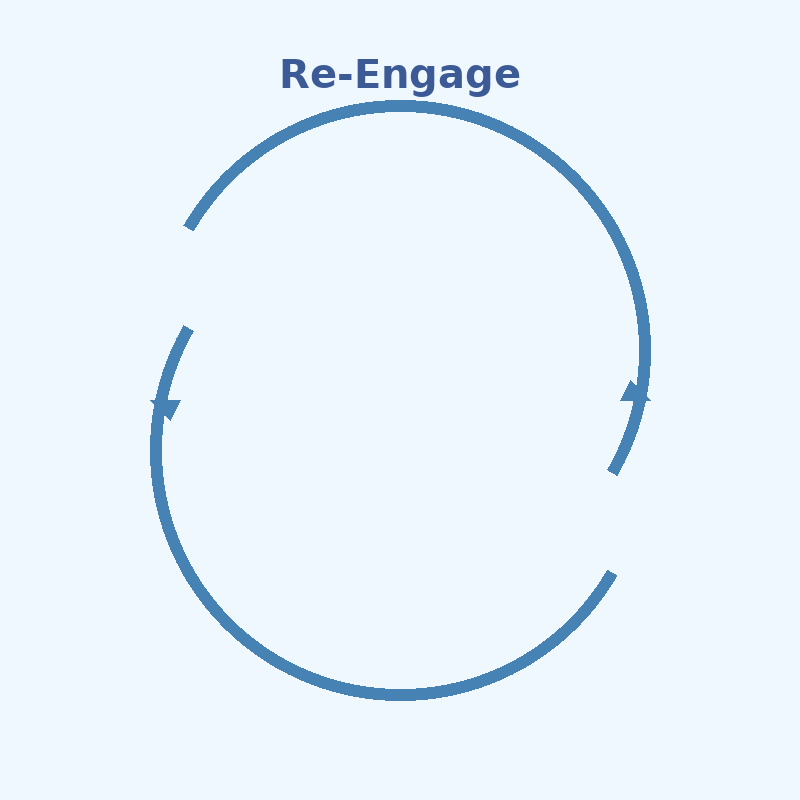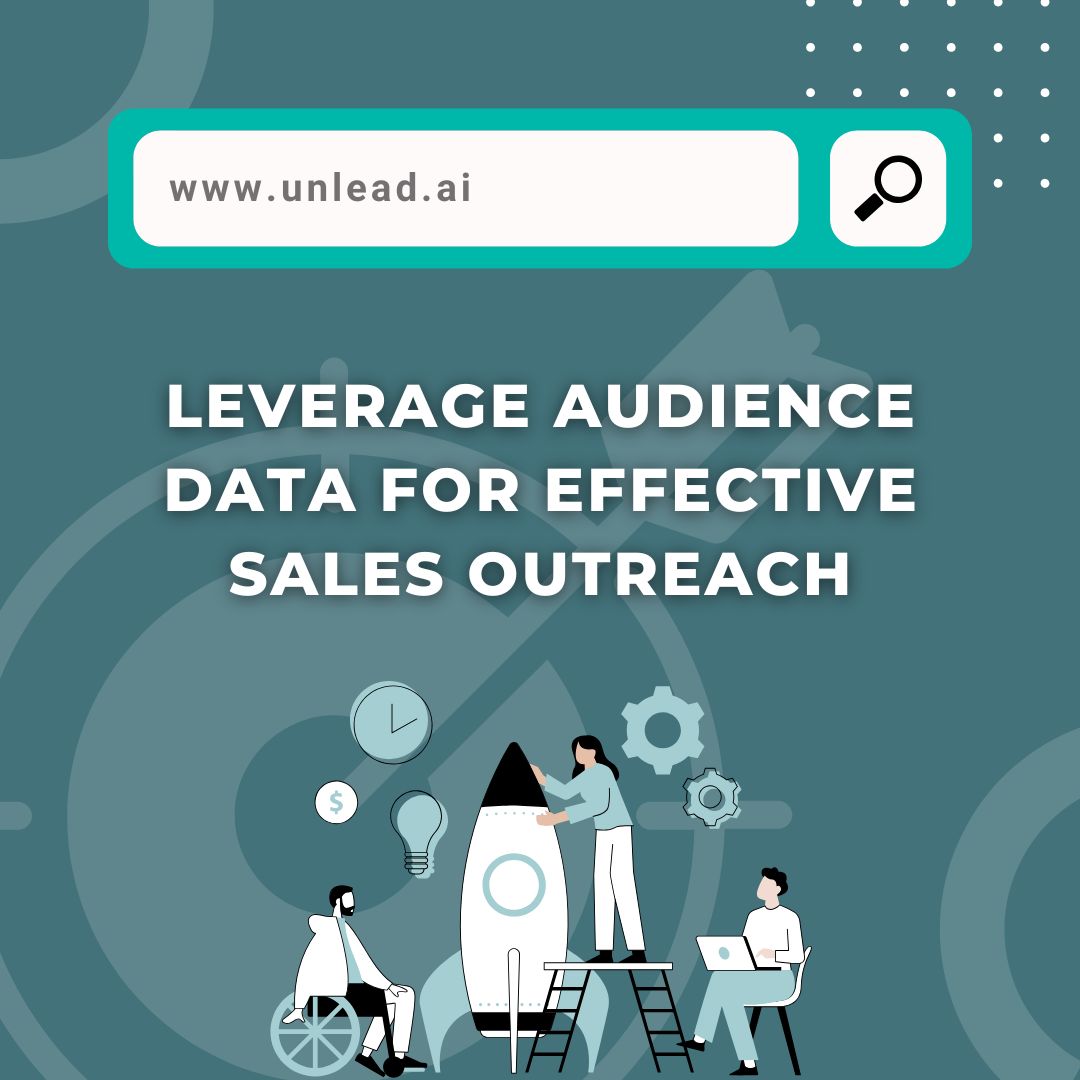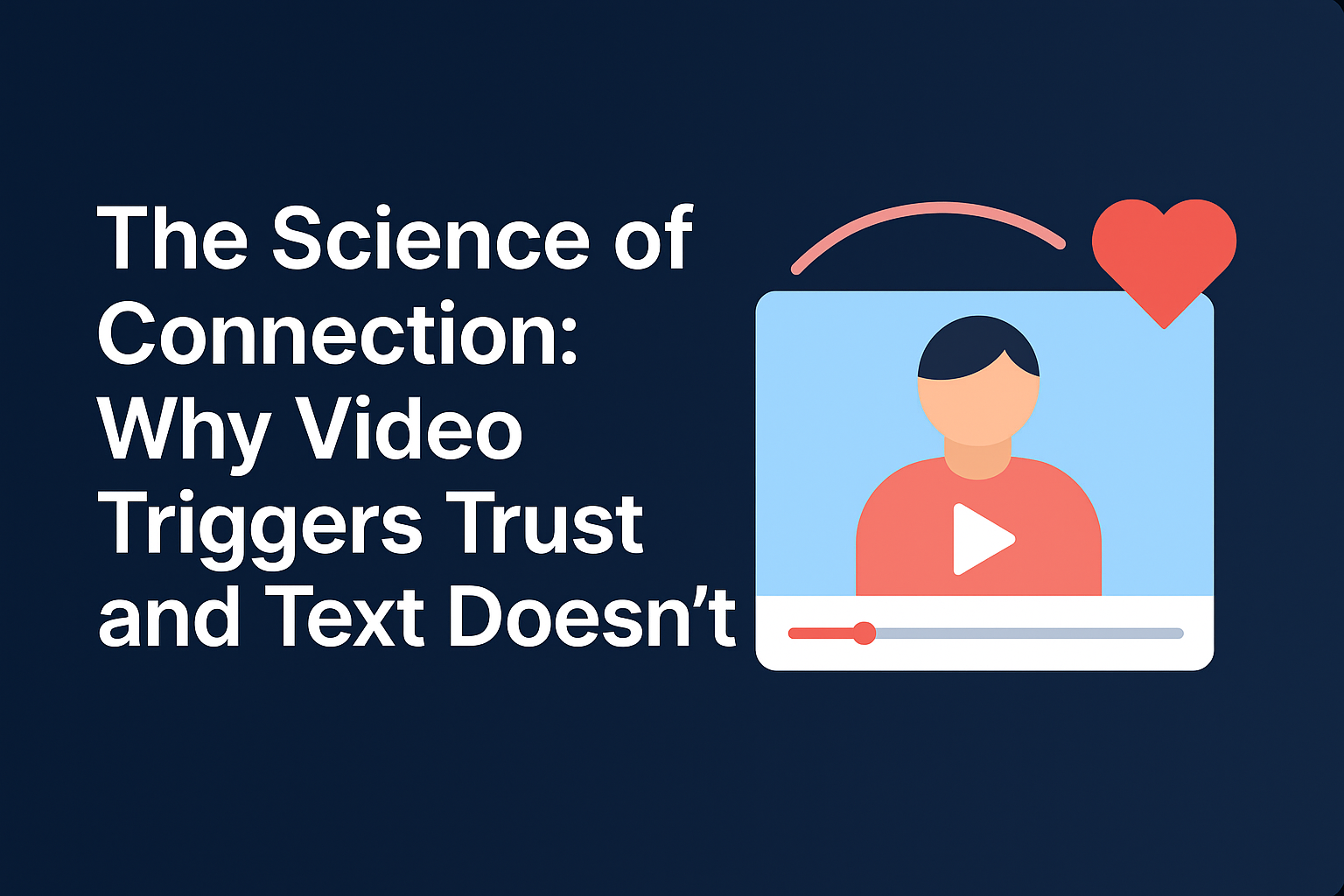The Power of Context in Personalisation
Contextual personalisation goes beyond using static demographic data. It tailors experiences using real‑time situational clues such as a visitor’s current location, device, time of day, referral source and in‑session behaviour (www.storyly.io). Unlike generic segmentation, contextual engines adapt on the fly, showing the right products, offers or stories to each visitor at the moment they are most relevant. For example, an e‑commerce site might highlight rainwear to someone browsing from a rainy region, or show quick‑view features to someone on a mobile device during a morning commute . This ability to adapt content instantly builds stronger connections and improves engagement because users feel understood in their current context.
Video and Sales Reps: Humanising the Sales Process
Video has become a cornerstone of modern marketing because it engages audiences and drives tangible business outcomes. Industry research shows that 87 % of marketers say video has directly increased sales (vidico.com). Sales teams also report significant benefits from incorporating video: over 70 % of sales reps using custom‑recorded videos experience higher prospect engagement and response rates, nearly half say video shortens deal cycles, and more than half report increased close rates. Seeing a real person on camera helps prospects form a human connection with your brand; asynchronous videos allow buyers to consume information on their own schedule. When sales representatives appear in personalised videos, they can answer questions, demonstrate products and build rapport, accelerating trust and conversions.
Measuring Context Beyond Intent Signals
Intent signals—such as page visits or keyword searches—indicate when prospects are researching a product, but true context goes further. Contextual personalisation tools gather and analyse a wide range of signals, including geolocation, device type, time of day, weather, referral sources and real‑time behaviour. They also track micro‑engagements like how long someone watches a video, which sections they replay and how they interact with interactive elements. By combining these situational cues with traditional intent data, marketers can determine not just who is in the market but why and when they are most receptive. For example, video analytics from contextual video tools can reveal when a prospect watched your introduction and which features resonated, enabling sales reps to follow up at the optimal moment. This holistic view of context allows teams to prioritise outreach based on readiness and deliver hyper‑relevant messages.
How Unlead Delivers Contextual Video Personalisation
Unlead is built to turn contacts into conversations through AI‑powered personalised videos. The platform combines LinkedIn engagement with video personalisation, allowing sales teams to send custom videos directly from LinkedIn or via email and outreach tools (www.unlead.ai). Unlead’s AI tailors video content and messaging to match specific buyer personas, uses triggers like job changes, company news or engagement signals to send timely videos, and tracks how prospects interact with each video (www.unlead.ai). Customers report response rates up to 5× higher and engagement increases of 73 %, with minimal setup time (www.unlead.ai). For sales reps, this means they can record personalised screen‑share demos or introductions that address a prospect’s unique challenges while staying within the flow of their daily prospecting. Marketing teams can create account‑based video campaigns that speak to industry‑specific pain points, and customer success teams can use onboarding and support videos that respond to real‑time usage patterns.
GEO Considerations for B2B: Local Context Matters
In B2B markets, geography matters because business practices, regulations and industry priorities vary across regions. Location‑based personalisation allows you to tailor messages, examples and offers to a prospect’s market, whether they’re in Southeast Asia, Europe or North America. For instance, a software vendor might highlight compliance features relevant to Singapore’s PDPA when engaging companies there, while focusing on EU‑GDPR requirements when speaking with prospects in Germany. Knowing your buyer’s time zone helps you send videos at hours that align with their workday, increasing the likelihood they will watch and respond. You can also incorporate local case studies or industry benchmarks to establish relevance and trust. Unlead’s video platform enables teams to infuse geo‑specific details into scripts, thumbnails and calls‑to‑action for account‑based campaigns, ensuring B2B prospects feel understood no matter where they are.
Conclusion
Context‑based personalisation and video are powerful accelerators of sales and growth. By adapting content to the viewer’s real‑time situation and delivering human‑centred videos featuring your sales reps, you create experiences that resonate deeply and motivate action. Measuring context goes beyond simple intent signals; it encompasses situational data, engagement metrics and geo‑specific clues that reveal when and how to engage. Unlead’s AI‑powered video platform brings these elements together, enabling B2B teams to send personalised, geo‑aware videos at scale and track the outcomes. As buyers increasingly expect relevant experiences, adopting contextual video personalisation will help your organisation stand out and convert more opportunities.









